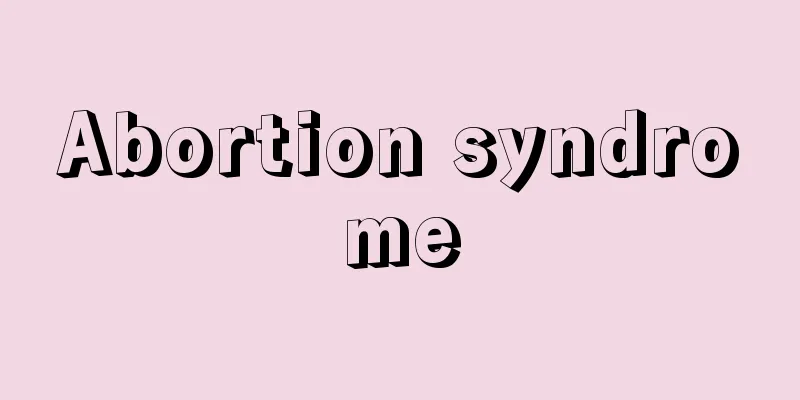How to get pregnant if the fallopian tube is blocked

|
A woman's fallopian tube not only facilitates the combination of eggs and sperm, but is also a female reproductive organ and is very important to a woman's body. When there is a problem with the fallopian tube, it not only causes infertility, but also leads to irregular menstruation and hormonal instability. There are generally several situations in which the fallopian tube is blocked, including inflammatory adhesions or fallopian tube blockage. It can be treated surgically first, and after the condition has recovered for a period of time and the body has been adjusted, a woman's uterus and fallopian tubes can be successfully pregnant after recovery. Can you get pregnant if your fallopian tubes are blocked? After the sperm enters the vagina and uterus, it meets the egg cell in the ampulla of the fallopian tube and combines to form a fertilized egg. If the fallopian tubes are blocked, it does not mean there is no hope of having a baby. The decision should be made based on the specific circumstances. There are three situations when the fallopian tube is blocked: The first is that the fallopian tube is obstructed, which is caused by mild inflammation and adhesion inside the tube; or the tube is too thin and curved; or adhesion outside the fallopian tube, which pulls on the movement of the fallopian tube. Treatment can be with selective salpingography and recanalization. Adhesions outside the fallopian tube can also be cut and broken down through laparoscopy to "loosen" the fallopian tube. With treatment, most women can become pregnant. The second situation is that the fallopian tubes are blocked and the damage is less severe, and most of the fallopian tubes are normal. This situation can be solved by X-ray interventional tubal recanalization, laparoscopic surgery, or open surgery. As for what kind of treatment method should be chosen for the specific situation of the patient, a professional doctor should provide you with accurate diagnosis and treatment suggestions based on your specific condition. In some cases of hydrosalpinx, an opening can be made on the fallopian tube to drain the fluid, which is called salpingostomy. Generally speaking, the therapeutic effect of X-ray interventional tubal recanalization is relatively ideal. X-ray interventional tubal recanalization is a treatment process in which the doctor uses a coaxial catheter system under the direct vision of a digital X-ray machine through a TV screen to insert a fallopian tube catheter into the fallopian tube through the vagina, cervix, uterus, and uterine horn for selective fallopian tube angiography. Depending on the specific blockage site and specific situation of the fallopian tube, a fallopian tube guidewire is inserted into the fallopian tube through the fallopian tube catheter to recanalize and separate the blocked fallopian tube through the catheter wire. X-ray tubal interventional recanalization is mainly suitable for infertile patients whose fallopian tubes are blocked in the interstitial and narrow parts. |
<<: What should I eat to replenish my body quickly after an abortion? Experts recommend these!
>>: How to regulate women’s yang deficiency? These are the scientific methods!
Recommend
What kind of soup is delicious and nutritious in the late pregnancy
Many people like to drink soup, such as bone soup...
Women's body fat percentage chart
For men, a body fat rate of around 3-4% is essent...
How long does it take to determine the gender of a baby?
The unfairness between men and women has started ...
Will I get my period half a month after curettage?
For women, curettage will definitely cause harm, ...
Can I use medicine to abort breast hyperplasia?
Medical abortion is a good abortion option for ma...
What is the reason for clear water in the nipples when I am six months pregnant?
Pregnant women need to do many things that are be...
What are the benefits of wearing a pearl necklace
Pearls have a certain whitening effect, so most p...
Is the right uterine adnexal cyst serious?
Today's society is paying more and more atten...
Correct posture for pregnant women lying on the sofa
Will pregnant women sleeping on the sofa affect t...
Black discharge after menstruation
Most women do not want to have any problems with ...
It is normal to squeeze out milk from the breasts two months after medical abortion
Medical abortion refers to the use of drugs to he...
Why is there bleeding down there?
It is normal to bleed when your hand is cut by a ...
What to eat after ovarian tumor surgery
For ovarian tumors, patients should have a scient...
Can pregnant women eat garlic sprouts?
Many people will eat a lot of things to replenish...
Can pregnancy be detected in 3 days
For some couples who are preparing for pregnancy,...









